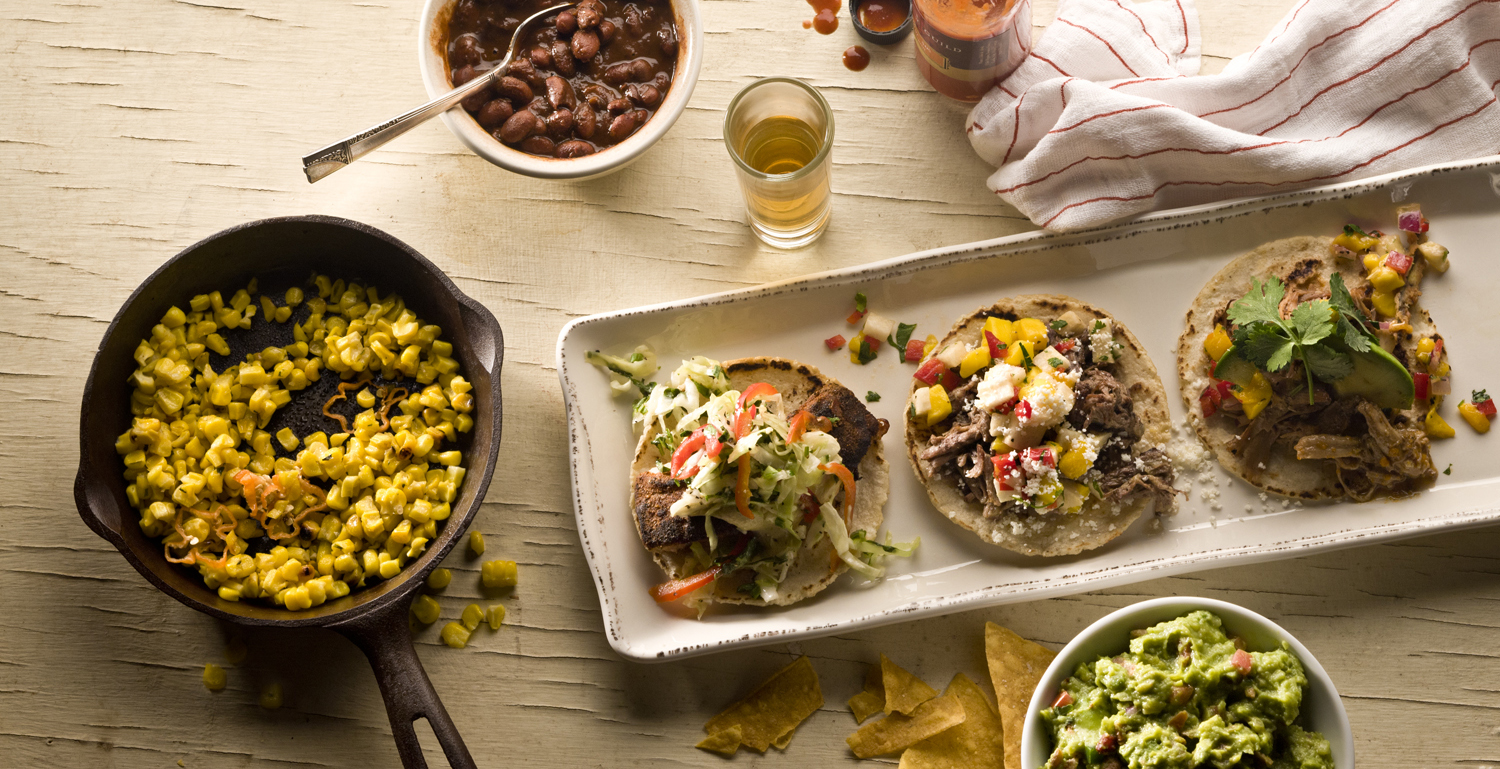TEQUILA ACADEMIA
 Speak the language of tequila.
Speak the language of tequila.
The smooth drinking beverage comes from the blue agave plant, harvested by jimadores most notably in the Mexican western state of Jalisco.
Whether sipped neat, enjoyed as a margarita or with salt and lime, there are many types of tequila to enjoy. A common misconception is that the “tequila worm” means quality. The worm is actually a moth larvae that lives on agave plants and is an indication that the plant is infested. In reality, the infestation is a sign of a low-quality product, not the premium marketing gimmick that started in the 1940s.
Tequilas are classified as either 100% blue agave or mixto, which is a blend of at least 51% blue agave. Understanding the following tequila categories will help your enjoyment.
- BLANCO OR PLATA: White or silver. This is an un-aged bottle or one that spent less than 2-months in a stainless steel or neutral oak barrel.
- JOVEN OR ORO: Gold. These are normally young or un-aged bottles that are typically a mixto with colorants and flavorings added.
- REPOSADO: Aged a minimum of 2 months but less than 1 year in oak barrels.
- AÑEJO: Aged a minimum of 1 year but less than 3 in oak barrels.
- EXTRA AÑEJO: Aged a minimum of 3 years in oak barrels.
Tequila Education
- The more pure the tequila, meaning the higher percentage of blue agave, the less likely the hangover effects.
- Tequila stimulates the appetite and aids digestion.
- The most expensive bottle of tequila sold to date, was purchased by a private collector in 2006 for $225,000.
- In 1918 in Mexico, tequila was used as a remedy for ailing patients.
Tomorrow may be too little too late.
![]()

